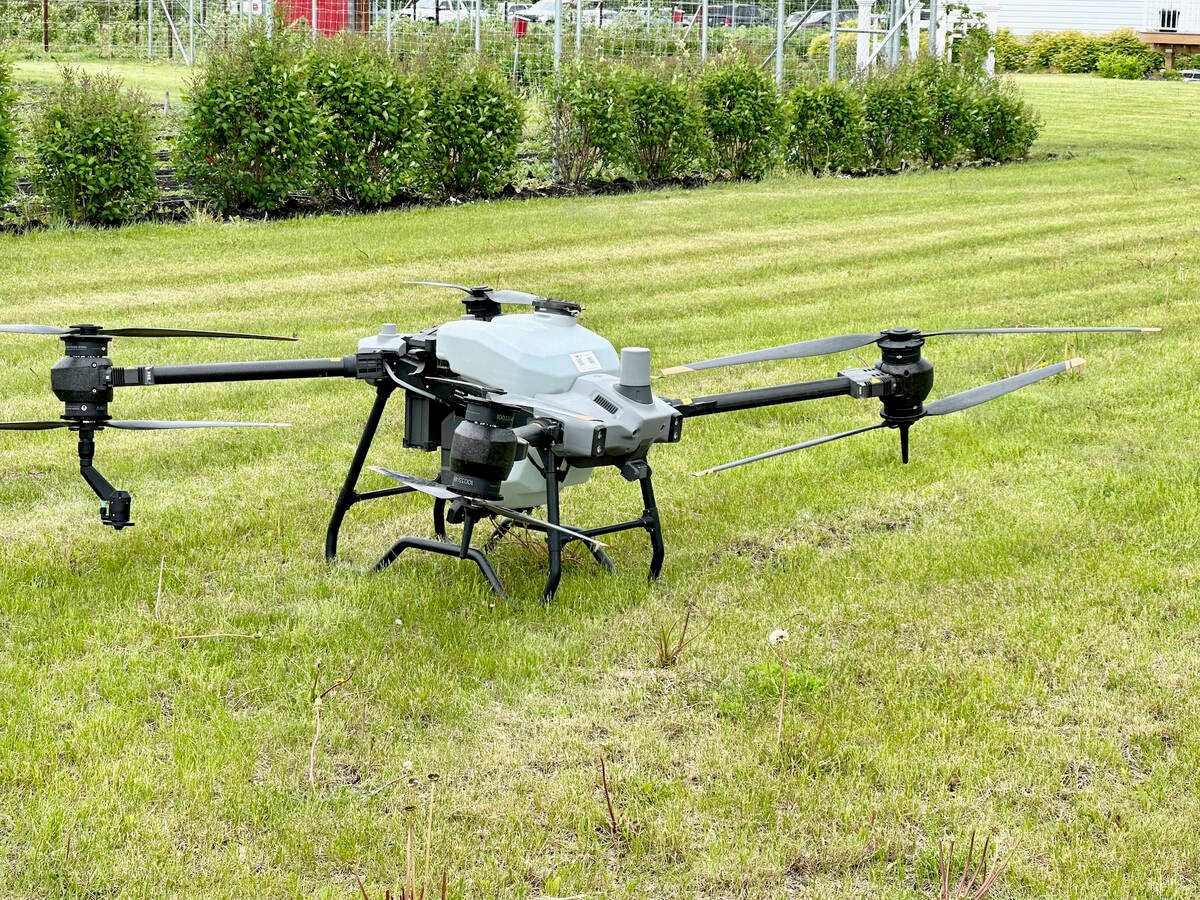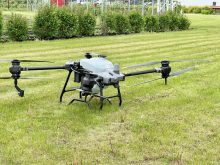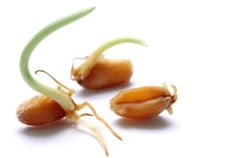Saskatchewan could massively expand the size of its beef industry, conclude three University of Saskatchewan researchers.
Researcher Ian McNinch and his colleagues have set a target of expanding the provincial cow herd by 40 percent, finishing half the calves and slaughtering 25 percent of the market cattle.
McNinch told cattle producers at a recent conference in Saskatoon that he thinks the cattle potential has been ignored by the public, which has been captivated by pork.
“It’s probably time to realize Saskatchewan is not just a grain growing and hog producing province,” McNinch said.
Read Also

Canadian Food Inspection Agency red tape changes a first step: agriculture
Farm groups say they’re happy to see action on Canada’s federal regulatory red tape, but there’s still a lot of streamlining left to be done
In 1996, Saskatchewan had 1.18 million beef cows, owned by 22,000 farmers. Producers marketed almost 500,000 steers, 376,000 heifers, 156,000 cull cows and 36,000 cull bulls. The total value of steer marketings was $386 million, but only $62.9 million worth of slaughter occurred in Saskatchewan. Most was done in Alberta. A higher percentage of heifers was slaughtered in Saskatchewan, but most were shipped west.
In 1996, the value of the industry was $765 million in animal sales, $253 million in non-feed expenses, and $268 million in feed use.
But the value could increase by $725 million if the beef herd rose to 1.5 million cows, if 750,000 animals were finished in-province, and if slaughter increased to 450,000, the report said.
While these goals may seem lofty, the study says the potential could be easily reached.
Because the end of the Crow subsidy for grain transportation has made shipping grain more expensive, a lot of low-yielding grain land will be turned over to hay and pasture, the researchers said. That could boost both the cow-calf sector and the feeding industry.
“The finishing sector appears to be the current weak link in the beef cattle production chain,” the study said. That may be the result of “a general lack of management expertise” in running large feeding operations.
No lineup
There also doesn’t appear to be a pool of investors waiting to pour their money into cattle feeding operations.
Another factor holding back the industry is the “overall lack of co-ordination” between different parts of the beef chain, which makes beef a much weaker industry than its meat competitors.
“At present, every sector of the chain is out to benefit from their upstream or downstream partners,” the study said. “The poultry and pork industries have put this behind them long ago and are now operating as co-ordinated industries.
“Industry co-ordination, especially in the form of contracting, holds a great deal of potential for the Saskatchewan cattle and beef industry, for if they become more co-operative, all sectors of the beef production chain of the province could benefit.”
Without a joint effort Alberta’s highly developed feedlot sector will keep sucking in calves, and “retaining these calves in Saskatchewan will be difficult due to the large scale finishing expertise in Alberta.”
Producers shouldn’t forget Saskatchewan’s powerful advantage of lower feed and pasture costs than almost anywhere in North America.
Another university researcher told producers that Saskatchewan has up to 2.47 million acres of potential pasture with continuous grazing, and up to 2.8 million acres with complementary grazing.
If 27 percent of wheat acreage in Saskatchewan is turned over to hay production, present hay acres could almost double, from 3.6 million to 6.6. Assuming that a cow needs 2.7 tonnes of hay per year, that amount of hay acreage could support four million cows, the study said.
McNinch’s study says the beef industry in Saskatchewan needs to take three measures to begin to reach for its potential.
First it needs to form a “strategic plan” in which the industry will state which way it wants to push its co-ordination: from the cow-calf producers through the feeding chain to the packing plants to the retailer, or from the retailer and back through the system.
Second, the industry needs to find alternate ways to structure feeding and packing businesses so new firms can become established and old ones can expand.
Third, the industry needs to determine the economic value of the various technologies the beef industry can use.















